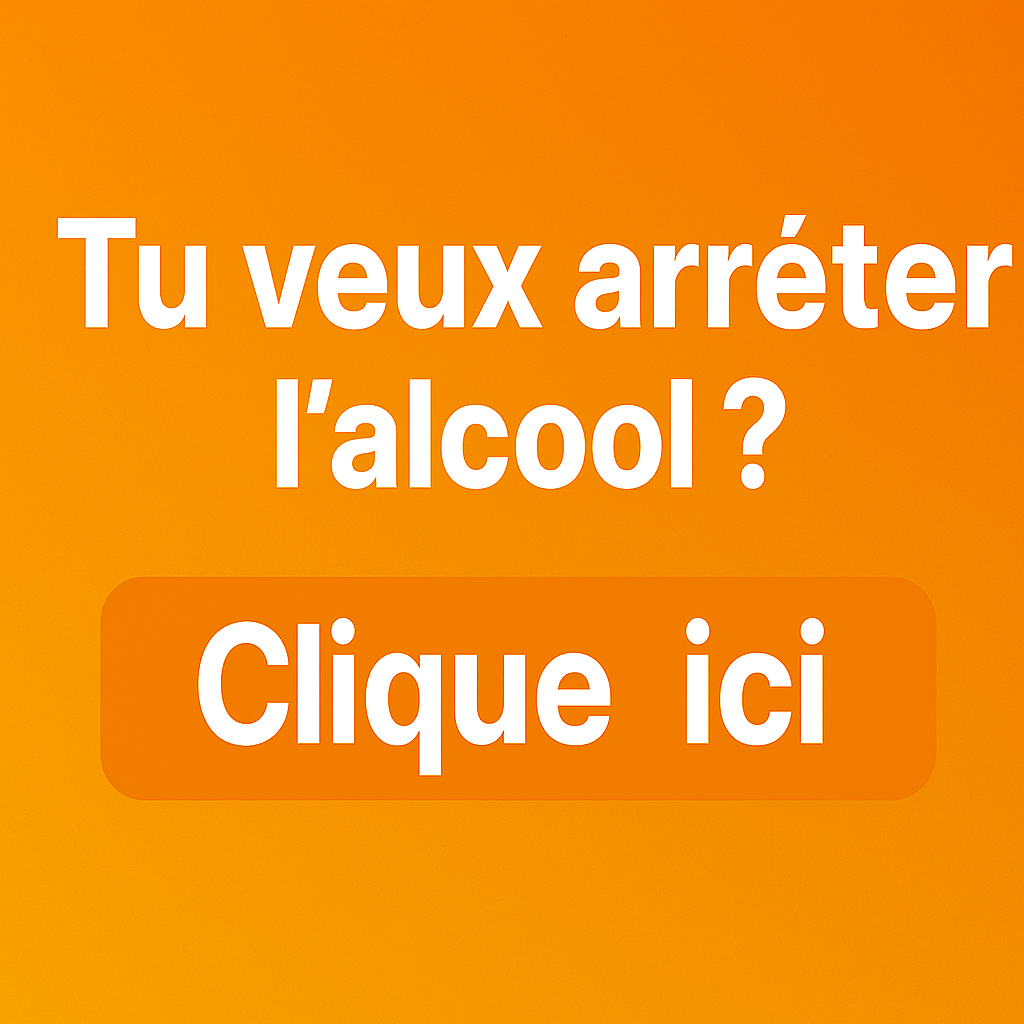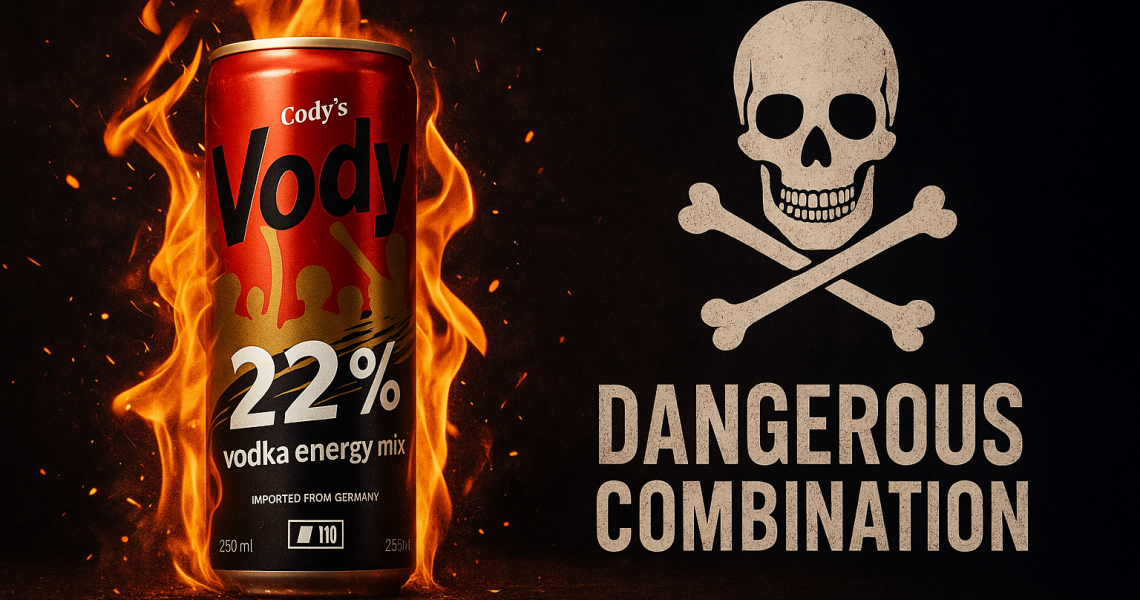Just imagine. A brightly colored can. A subtitle that says “energizing soda”. A fruity taste, a drink revisited. And behind this attractive format: 18% to 22% pure alcohol, a mix of vodka, caffeine, taurine and sugar. Such is the case with the drink known as Vody, already in circulation among some teenagers.
“I used it before school,” confided a high-school student in a recent news report.
It’s this contrast – between the playful appearance and the dangerous content – that makes it a real teenage bombshell.

When staging masks the threat
From the first sip, the effect is discreet. The mixture of alcohol and caffeine maintains the confusion: alcohol disinhibits, caffeine hypes. Heart rate rises, alertness falls. The result: an alert body that doesn’t know it.
Children and teenagers are all the more vulnerable because their bodies, still growing, absorb alcohol more quickly, and their brains are still developing.
Doctors are sounding the alarm: a single can of Vody can be equivalent to several standard glasses – without the user even realizing it.
Early-onset alcoholism: a social issue
The arrival of these “ideal for young people” drinks on the shelves is cause for concern.
The issue is not simply that of a product banned for under-18s – it’s that of a consumption model that seduces before it alarms.
The investigation opened by the DGCCRF into the over-the-counter sale of these cans is a strong indicator of this.
Beyond the product, it’s a generational phenomenon: alcohol takes on a new form – sweet, colorful, trivialized – but remains no less dangerous.
When we talk aboutearly alcoholization, we’re talking aboutpotential addiction, changes in the brain while still neonatal, and increased risk of later disorders. The weight of habits, entourage and social pressure is revealed.
Why see it as an opportunity for action
If you’re reading this article, it’s because you believe in the power of information. That you’re a parent, an educator, or someone who cares. And that’s a good thing.
Because taking action doesn’t mean imposing, but rather dialoguing.
- Explain what this drink really is: strong alcohol combined with caffeine, taurine and sugar.
- Show visible effects: tachycardia, nervousness, possible alcoholic coma.
- Share a teenager’s testimonial: “I thought I was drinking a soda… I woke up in the infirmary.”
- Cultivate listening rather than punishment: “How do you feel?”, “Why did you gulp down a can before class?”.
Among young people, alcohol consumption is not always based on a clear awareness of the process: often mimicry, challenge or curiosity. Talking about it means unmasking what’s hidden behind the facade of a smile.
Towards concrete solutions
Prevention also means tangible answers.
- Restrict access to these beverages on self-serve shelves.
- Implement emotional education: learn to say no and listen to your body.
- Promote healthy alternatives: mocktails, alcohol-free drinks, moments shared without excess.
- And above all: to give teenagers the keys to making their own choices.
In a complementary vein, support methods such as laser auricular reflexology – known for smoking cessation – are also beginning to be used for alcohol addiction. Freeing the addiction, recalibrating the body, regaining confidence: this is the way forward. When a young person is already at risk, it’s never out of the question to integrate a holistic approach.
Involving everyone: a virtuous circle
Whether you’re a parent or someone close to you, your stance counts.
Theexample you set, the way you talk, the way you listen: these are the things that build prevention. An open discussion is worth more than an abrupt ban.
And if you’re part of a network or educational community, share your experience. Organize a debate, a workshop, a moment when de-dramatizing doesn’t mean trivializing.
Because it’s all about life and freedom. To be able to choose, to understand, to move forward without constraint.
To talk about this drink is not to judge, it’s to warn.
It’s to say: “Yes, the party exists. Yes, pleasure exists. But not in the dark.
In conclusion
Vody is more than a drink: it reflects a change in the way young people consume alcohol.
Colorful, sweet, seductive: it attracts.
But behind the image, there is danger.
And dialogue, education and support are the bulwarks.
Talking about it with sincerity, curiosity and kindness means offering a real chance to the next generation.
Let’s start this dialogue today. So that our eyes are clear, and our bodies too.
And so that each of us gains our freedom – without compromise.
